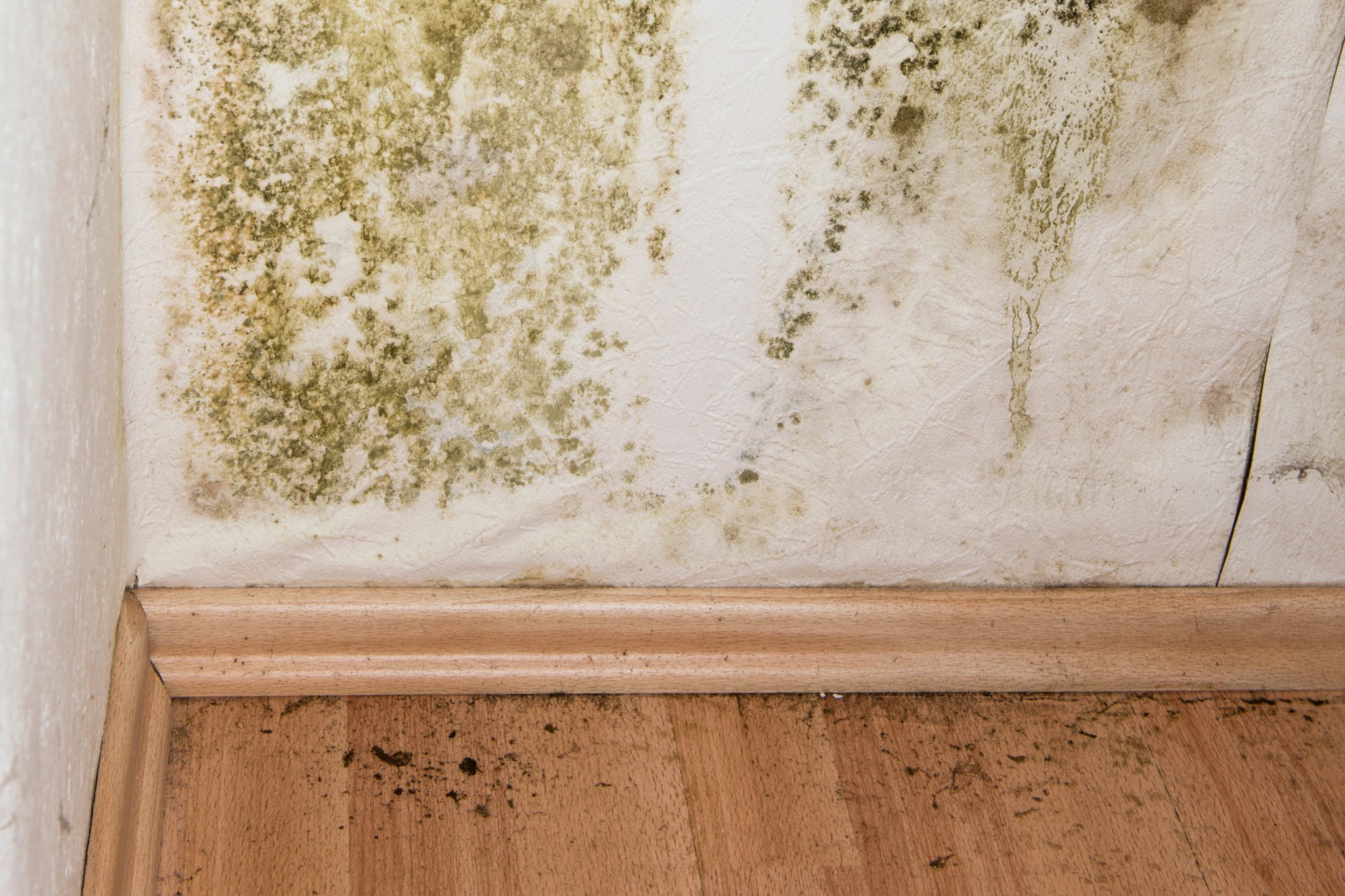When you find mold growing in your home, sound the alarm and get rid of it fast. Delay can mean extensive and costly remediation and repairs. On average, professional mold remediation costs $500 to $6,000 -- but the price can soar into the tens of thousands if the problem is severe.
Here’s what you need to know about hiring professional mold inspectors and remediation companies.
Hire a Mold Inspector First
If you find mold growing on drywall, trim, or unfinished wood surfaces, and especially if the affected area is more than 10 square feet, hire a mold investigator to discover the root and extent of the problem. They’ll also be able to direct you to a reliable mold remediation company. Reputable companies work with third-party inspectors instead of doing the inspection themselves.
But be sure to check credentials when hiring an inspector. The mold industry is largely unregulated, but there are guidelines to help you know when you’re hiring a true professional:
- Qualified inspectors should have an undergraduate (at least) degree in a science or engineering field and have completed industry-approved coursework in mold investigation, preferably from the American Board of Industrial Hygiene or the American Council for Accredited Certification (formerly the American Indoor Air Quality Council).
- They should bear respected industry credentials, such as CIH (Certified Industrial Hygienist) or CIEC (Council-certified Indoor Environmental Consultant).
- They should work independently of a mold remediation company (reputable remediation companies hire a third-party inspector) and shouldn’t sell mold-related products.
- They should provide a customized report that includes lab results of air or surface samples taken.
- They shouldn’t hype one species of mold as more dangerous than another.
- They should tell you whether a mold problem has a DIY solution, or whether you must hire a professional mold remediation expert.
Expect to spend $200 to $600 for a site visit from a qualified inspector, which will take 2 to 5 hours. The inspector will take air samples and may open up walls to find mold.
Ins and Outs of Air Sampling
Analyzing air samples isn’t cheap and, depending on the lab used, can cost $30 to $150 for each sample. Some inspectors roll sampling into their base price; others don’t. So make sure you ask.
Not every mold issue requires sampling. If you can see mold, sampling is necessary only if you must identify the actual mold species for medical or legal reasons. However, if you think mold is present but can’t actually see it, samples can confirm your suspicions. Also, sampling typically is used after cleanup to verify success.
Ask inspectors to explain why they’re taking samples and what hypothesis they’re trying to confirm.
If the cleanup is simple enough to perform yourself, a mold inspector can advise you on procedures, protective equipment, and tools. The inspector should also be able to pinpoint the moisture issue that led to the mold problem so that you can correct it.
Warning: Don’t even think about diagnosing your mold problems with a home testing kit. They don’t work. They’ll probably reveal some mold, but only because spores are always flying through the air. These kits can’t:
- Guarantee a statistically significant sample of air.
- Confirm the presence of dead mold spores (which also cause health problems).
- Determine baseline levels of mold in your home in order to compare results with other non-mold-infected areas.
What A Mold Remediation Professional Will Do
Mold remediation companies will clean up your mold in a few days if just some washing and removing carpet is involved, or in a few weeks if demolition and rebuilding is required.
Generally, the cleanup process entails:
- Removing water-damaged, mold-infested materials.
- Cleaning and disinfecting walls, carpet, and personal items.
- Removing drywall and studs if mold damage is extensive.
- Vacuuming with HEPA (high-efficiency particulate air) filtration.
If mold infestation is severe and you are mold-sensitive, you may have to live elsewhere during cleanup.
Remediation costs vary depending on how much and where mold exists. Figure on:
- $500 to $4,000 to remove mold from crawlspaces only.
- $2,000 to $6,000 to remove mold from ducts, crawl spaces, walls, and attics.
- $10,000 to $30,000 (or more) to repair widespread structural damage.
“Mold remediation isn’t about 'kill, kill, kill,'” says Wane A. Baker, a Wisconsin mold investigator. “Even dead mold can still be allergenic.”
Does Insurance Cover Mold Remediation?
Don’t presume your homeowners insurance will pay to fix your mold problems. Insurance typically pays if the problem results from an emergency already covered on your policy, like a burst pipe, but not if mold resulted from deferred maintenance, persistent moisture or seepage, or from floodwaters (unless you have flood insurance).
Check with your insurance agent to see if your particular mold problem is covered.
Related:
